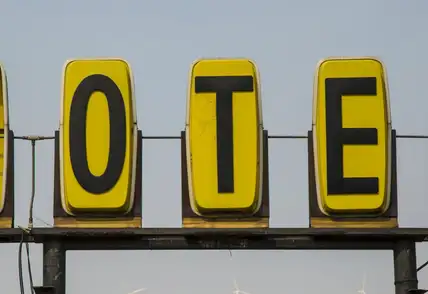Lose-it rate (walk-away rate)
A lose-it rate, also called a walk-away rate, is the minimum price a hotel can accept before refusing a booking. Below this price, a hotel would rather keep a room unsold than rent it out.
The lose-it rate is a safeguard in revenue management, ensuring that sales remain profitable. If the operating costs of a hotel room are higher than the price that potential customers offer, accepting that booking would result in a loss.
Revenue managers consider the lose-it rate alongside other hotel KPIs like average daily rate (ADR), RevPAR, and occupancy rate to decide whether to accept or reject a reservation. This strategy prevents hotels from devaluing their product, especially during peak seasons when travelers are less price sensitive.
The lose-it rate works alongside dynamic pricing and yield management strategies. Hotels use these methods to optimize income, balancing the risk of unsold rooms against the risk of underpricing. Holding a walk-away rate lets hotels protect their profitability while maintaining pricing integrity across distribution channels like OTAs and GDSs.





